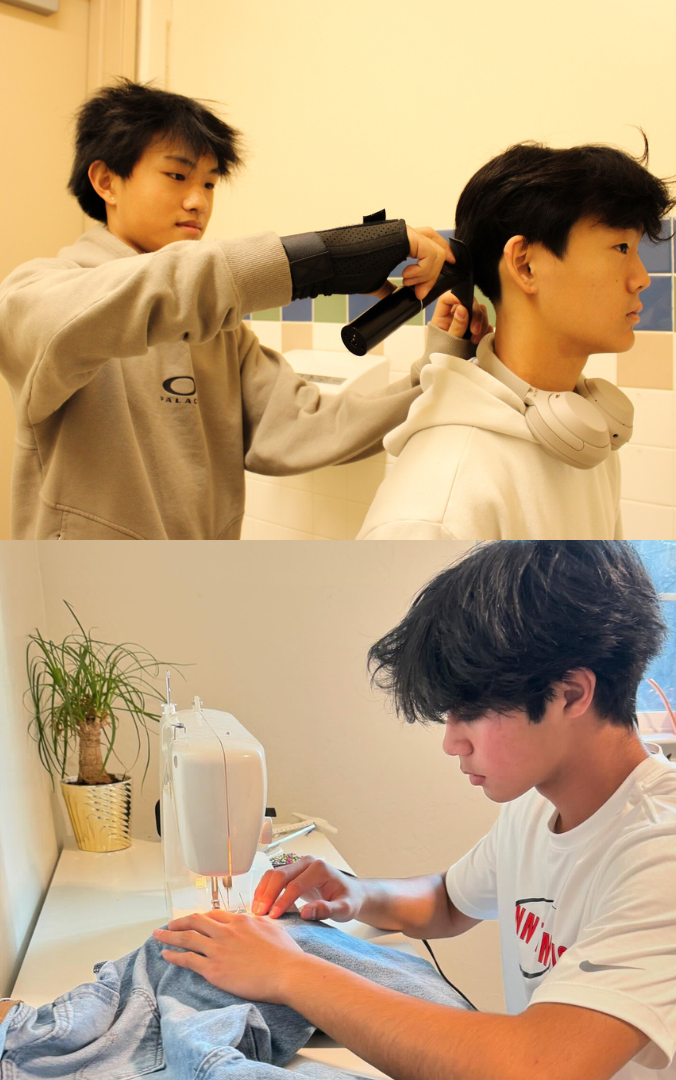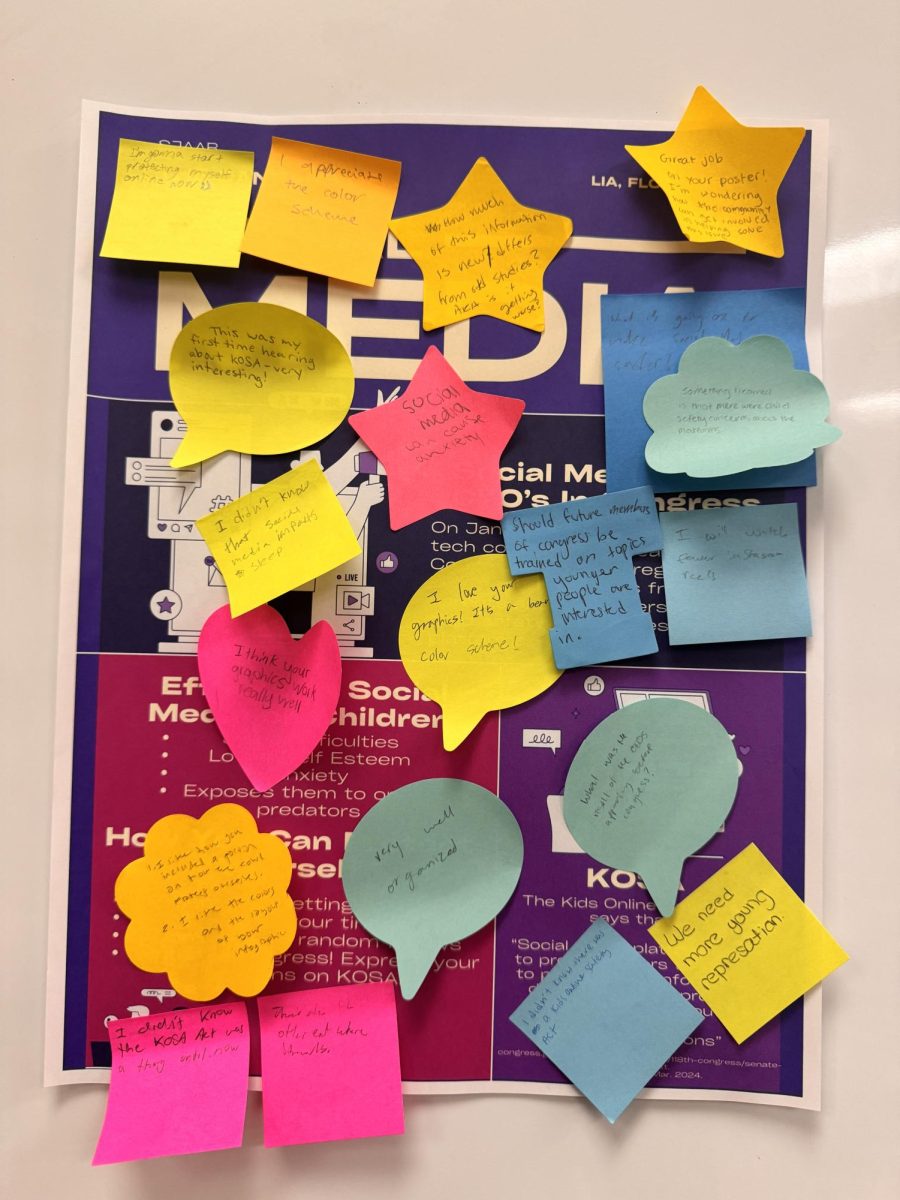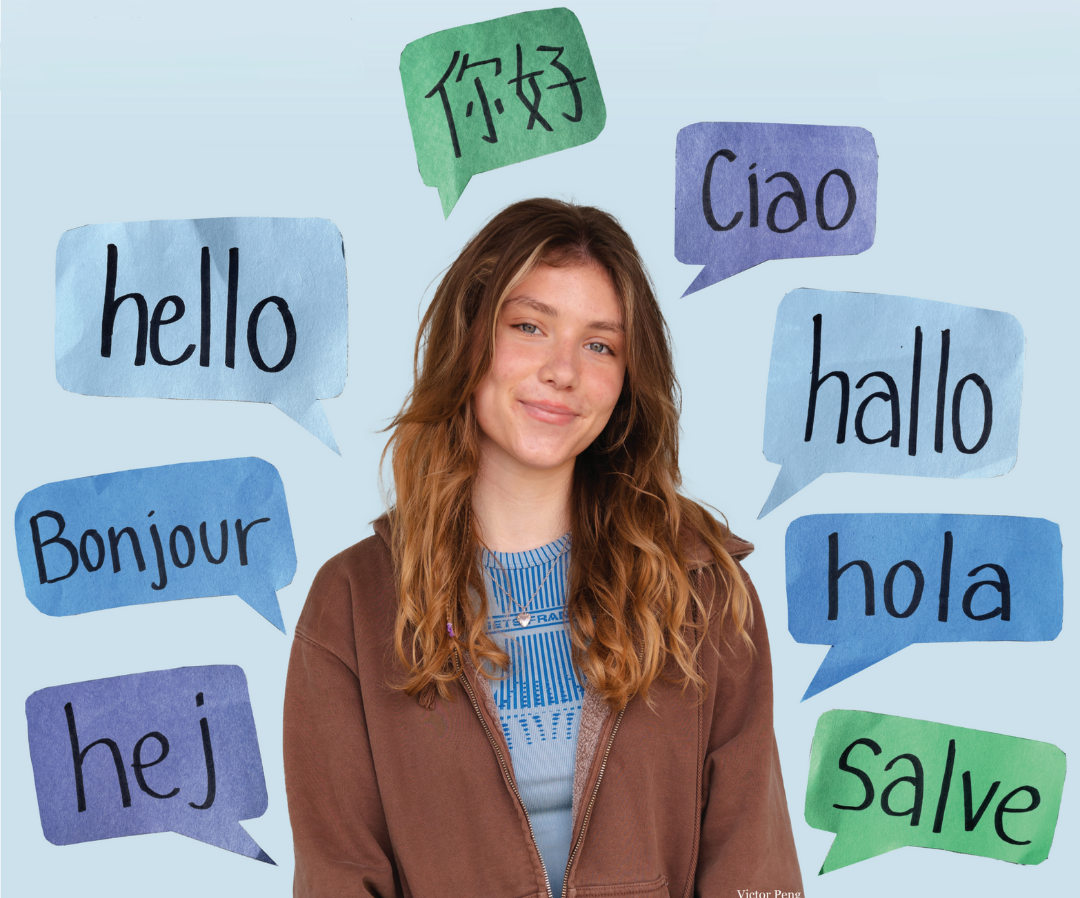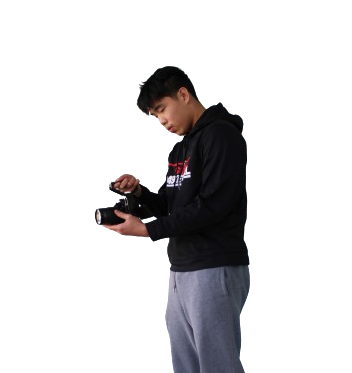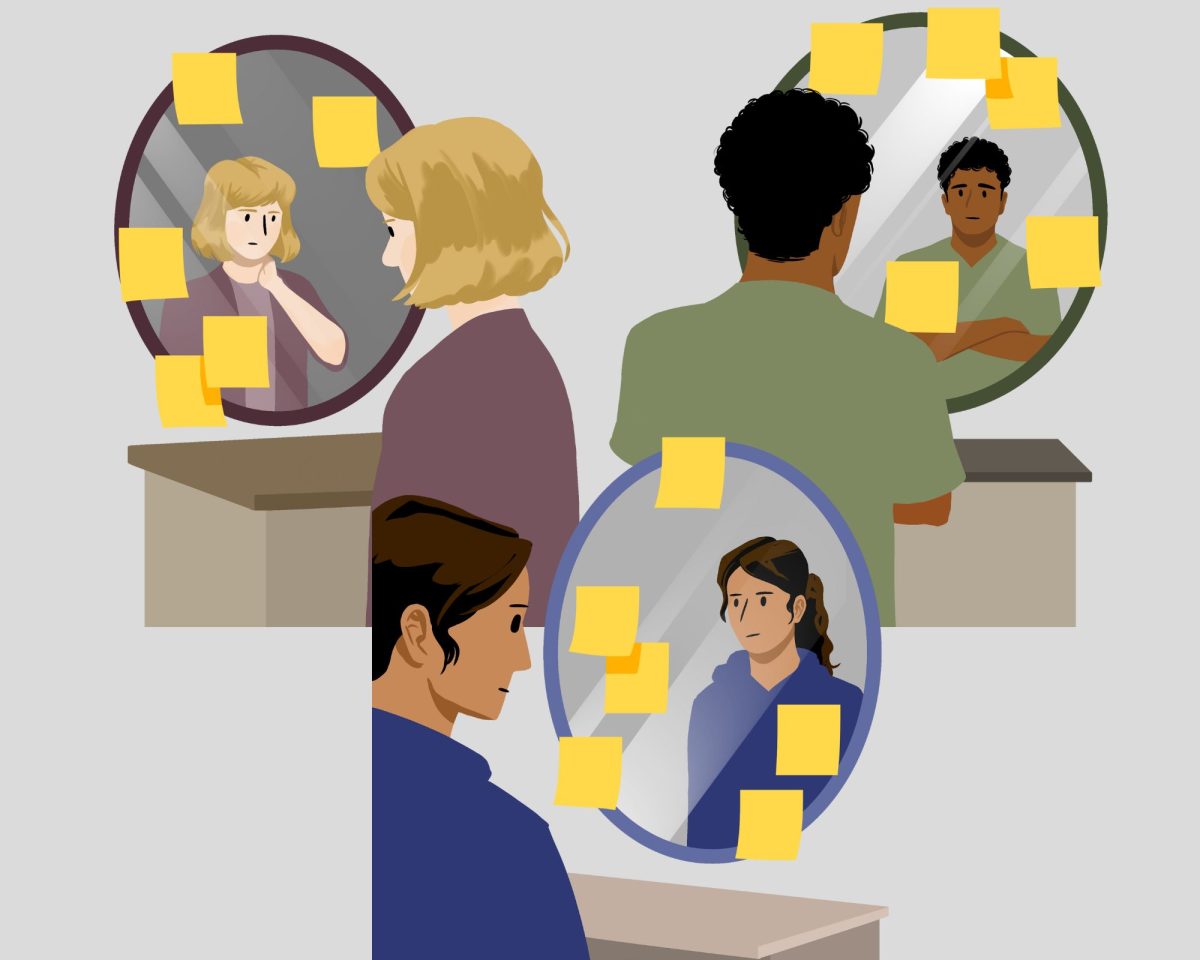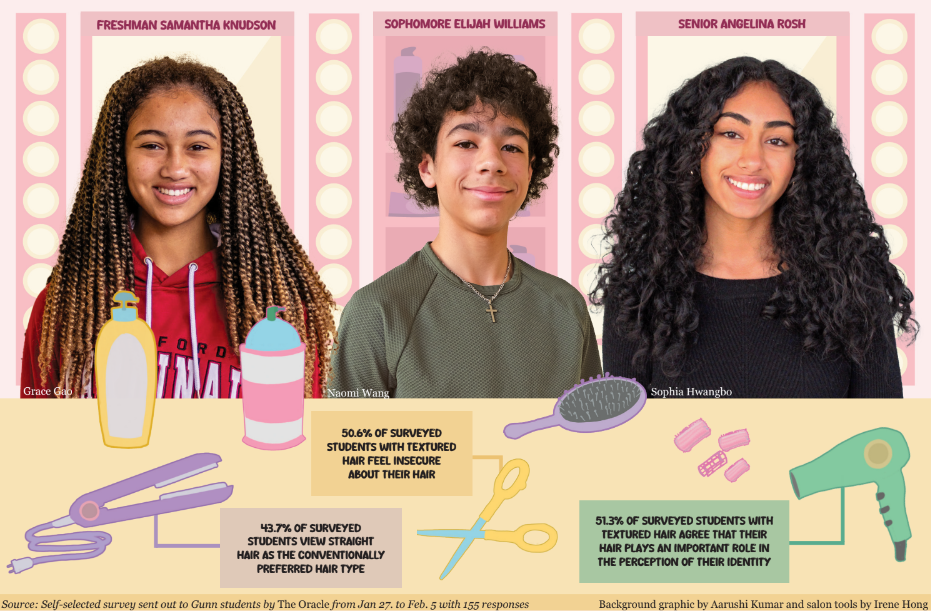 By: Annie Tran
By: Annie Tran
Graphics by: Alvina Yau
Imagine having the ability to cross-connect two or more senses in your brain, like biting into a juicy hamburger and seeing streaks of deep purple flashes in front of your eyes or hearing Kanye West’s new rap and feeling it tickle the back of your neck.
This joint perception of senses is known as a neurological condition called synesthesia which involves an intermingling of senses or a different perception of symbols, such as letters, shapes or numbers, with the use of your senses. This can include, but is not limited to tasting colors, personifying numbers, or even hearing tastes. Traditionally, each synesthete experiences his or her own different combination of senses. Any combination of the senses is possible, though it is extremely rare to possess synesthesia involving three or more senses at the same time. There are currently over 61 different forms of synesthesia on record.
Junior Sierra Fan experiences sound-to-sight synesthesia, allowing her to associate musical notes with colors. “Each note of the scale is a distinct color,” she said. “For me, C is off white, G is bright yellow and B is a shade of green depending on the octave.” An advantage that she has gained as a synesthete is being able to play flute in perfect pitch as well as visualize piano keys better by being able to interpret musical pieces based on the colors she sees when she plays it.
However, rather than seeing this condition as an advantage, Fan says it is just something that has always been with her. “I generally thought everyone else had it as well until the summer of 2008,” said Fan. “Some of my friends were taking a psych class and told me that they were learning about this thing called synesthesia. That’s how I finally found out that what I had wasn’t as common as I thought.”
Junior Melia Dunbar, another synesthete, experiences a different form of this condition called grapheme-color synesthesia, one of the most common forms among synesthetes. Instead of seeing colors when hearing music, she see colors projected onto letters and numbers, in which each letter or number has a different color – even if the letter is literally black and white on paper. In her mind’s eye, the letter Z will always be green and the letter M will always be blue.
“I didn’t really discover I had synesthesia,” Dunbar wrote in an e-mail. “I discovered other people didn’t. Sometime in middle school, my friend and I were talking about our favorite colors, and I said mine was yellow. She asked, ‘Why? What things do you like that are yellow?’ to which I responded, ‘I don’t know…daffodils, lemonade…the letter A.’ [After telling my friend this] she looked really confused, and at that point I realized she didn’t see letters in colors like me. I asked my mom about it, and she said I must have smashed my head and damaged my brain when I was a baby. [But] three years later, when I entered high school, I learned that other people had the same condition, and that it was called synesthesia.”
According to Witthoft, most synesthetes don’t realize that they’re “different” because their condition has so little impact on their everyday lives and interactions with others. Most don’t even realize that their perception of the world is different from everyone else’s until their mid to late teens. This realization of difference tends to happen when a synesthete gets into an argument over different views on how people perceive things with their senses, such as Dunbar’s conversation with her friend. “Someone without synesthesia wouldn’t know or understand what the synesthete is talking about,” he said.
According to Dr. Nathan Witthoft, a Stanford researcher who specializes in psychology, most people associate synesthesia with mental function when first hearing about the disease. However, he has found that this is untrue among all of the people that he has tested in his studies, since most of them are actually normal high functioning adults.
There have been several in-depth studies of this condition over the years that have mainly focused on who has it and what causes it. Scientists have generalized that at least one in 1000 to 100,000 people have synesthesia. The ranges of these statistics differ between researchers simply because there may be several forms of synesthesia that are unaccounted for since many people don’t realize they have this condition and just see it as a way of life. “[Synesthesia] may add a new dimension to how I perceive things, but it doesn’t really make a big difference in my life,” Fan said. “I can’t really explain what it’d be like to not have it, since it’s always been with me.”
Among the few that have this condition, researchers have noticed that the majority of synesthetes are women, left-handed and aren’t visibly affected by synesthesia. Recent U.S. studies have brought to light that over three times as many women as men are synesthetes and that most of these synesthetes are more likely to be left handed when compared to the general population; however both Fan and Dunbar are right-handed.
Other possible theories on causes of synesthesia that are currently under speculation are disinhibited feedback and genetic origin. The theory paints an idea of reduced blockage along the feedback pathways in the brain, which causes a greater sensory experience.
It is also suspected that synesthesia is caused by a dominant trait on the X-chromosome. “My sister has a form of synesthesia where she sees a number and she corresponds it with gender and personalities, like nine is a nice and pretty female and three and four are apparently in a very serious relationship,” Dunbar said. “Each separate number up to 30 is different to her, like the numbers two and three are entirely different from the number 23. ” This common form of synesthesia is called ordinal linguistic personification.
Several synesthetes have even used this condition to further their career in some aspects, such as musician John Mayer, who has sound-to-sight synesthesia and the mathematician, Pythagoras, who had ordinal linguistic personification.
“When people ask me about it and mention it, I usually think it is flattering but not that big of a deal,” Fan said. “But it’s kind of cool to know that I have something in common with so many high achieving people.”


